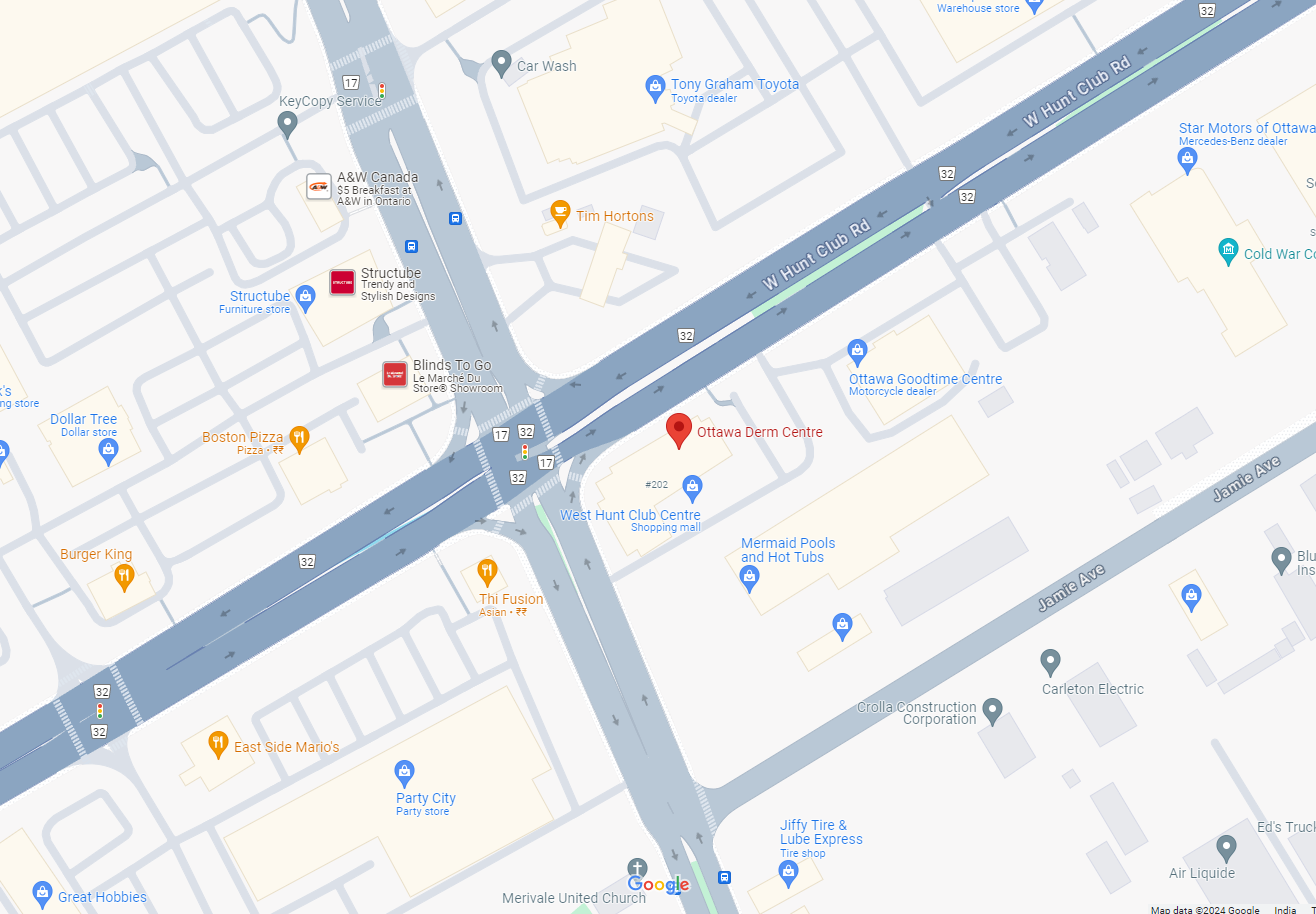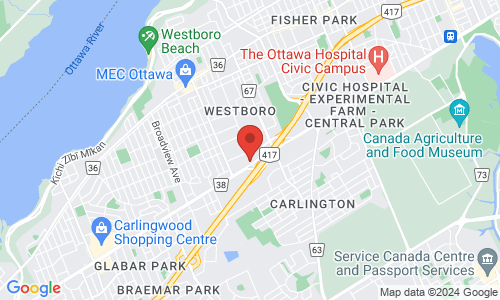Scars After Facelift: Advice and Insight for Patients

A facelift, also known as rhytidectomy, is done to reduce the visible signs of aging, such as sagging skin, wrinkles, and deep lines. It is a surgical procedure in which a plastic surgeon removes excess skin and fat and lifts sagging facial tissues from across the face, including the chin, neck, cheeks, and jaw.
Patients experience significantly lower facelift scarring when an experienced plastic surgeon performs the procedure. Dr. Peter Brownrigg is happy to perform proper facelifts and provide facelift scarring and care tips for our Ottawa, ON, patients.
Facelift Incisions and Scarring
Depending on your goals and the type of facelift you’re receiving, our plastic surgeon will have to make incisions in different areas around the face, such as:
- Along the hairline
- Behind the ear
- In front of the ear
- Inside the ear canal
- Under the chin
Different types of facelift incisions create different results; for instance, incisions placed along natural facial boundaries are inconspicuous and blend with natural facial contours. However, incisions in front of the ear create a distinct scar line that can be visible no matter how well the patient heals.
Avoiding Facelift Scarring
Proper placement of facelift incisions helps ensure that the scars are less visible once fully healed. Dr. Peter Brownrigg is board certified by the American Board of Facial Plastic Surgery. Therefore, he knows the best methods for minimizing the appearance of facelift scars and can offer patients proper facelift advice and insight. He offers unique types of facelifts that can minimize scarring, such as:
- The MACS Rhytidectomy, which uses the short scar technique to create small, virtually undetectable incisions behind the ears.
- The SMAS facelift, which places small incisions inside the ear canals, instead of in front of the ears where the scars are more noticeable.
Risk Factors for Surgical Scarring
During your consultation with Dr. Peter Brownrigg in Ottawa, ON, our plastic surgeon will discuss the risk factors for surgical scarring and offer advice and insight on managing facelift scars.
The main risk factors for surgical scarring are genetics and age. People with deeper skin tones have a higher risk of developing hypertrophic and keloid scars after their facelifts due to genetics. Additionally, patients over the age of 65 are more likely to experience significant scarring than younger patients because their skin is thinner and less elastic.
Facelift Scar Prevention Tips
Dr. Brownrigg offers patients recovery instructions on home treatment for incision healing and scar prevention. You can apply the following tips to minimize scarring:
- Clean and properly dress your incisions
- Avoid scratching and touching the incisions
- Use antibiotics, creams, and ointments prescribed by your surgeon
Though scars fade with time, there are some simple things you can do to reduce their visibility:
- Gently massage the scars according to your surgeon's instructions
- Apply moisturizers recommended by your surgeon
- Use a silicone-based cream to reduce the formation of hypertrophic and keloid scars
- Stay out of the sun and apply sunscreen to keep the scars from darkening
Achieve Youthful Features With Us
Restore your youth and confidence by receiving a facelift from Dr. Peter Brownrigg in Ottawa, ON. Dr. Brownrigg uses the MACS Rhytidectomy and the SMAS facelifts, which offer optimal incision locations for a natural-looking appearance and undetectable scars. Contact us today at (613) 800-6818.
Related to This

Dr. Peter Brownrigg
Dr. Brownrigg has focused on facial plastic surgery since 1984. He is affiliated with a range of prestigious organizations, including:
- American Academy of Facial Plastic Surgery
- Canadian Academy of Facial Plastic Surgery
- Royal College of Physicians and Surgeons of Canada
- Board Certified by the American Board of Facial Plastic Surgery
- Has acted as the Canadian Region Vice President of the American Academy of Facial Plastic Surgery
- Has acted as the treasurer and president of the Canadian Society of Otolaryngology/Head & Neck Surgery
- American Academy of Otolaryngology-Head and Neck Surgery
- Canadian Society of Otolaryngology-Head and Neck Surgery
- Ontario Medical Association
For more information about the services we offer, contact our office online or call (613) 724-1214 today.
Contact Us Today
Dr. Brownrigg has been focusing exclusively on facial plastic surgery since 1984!


